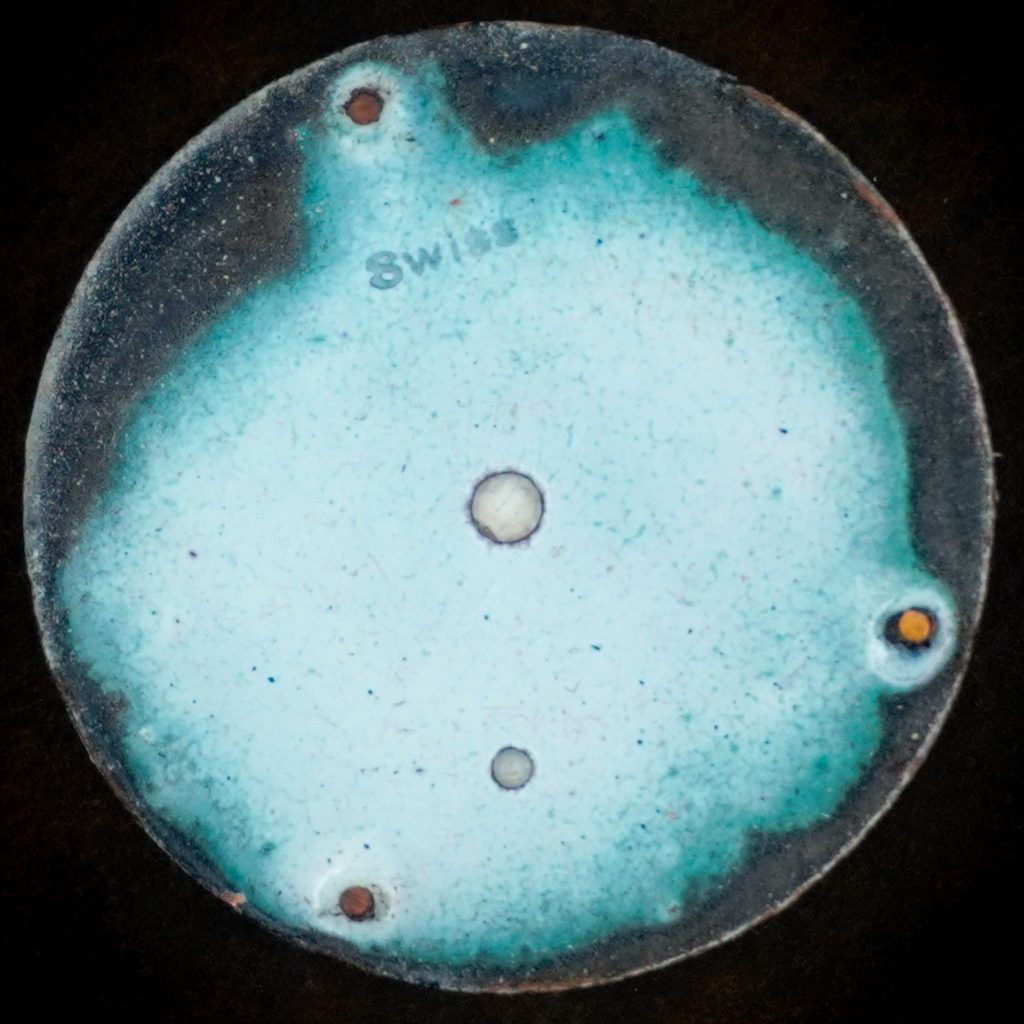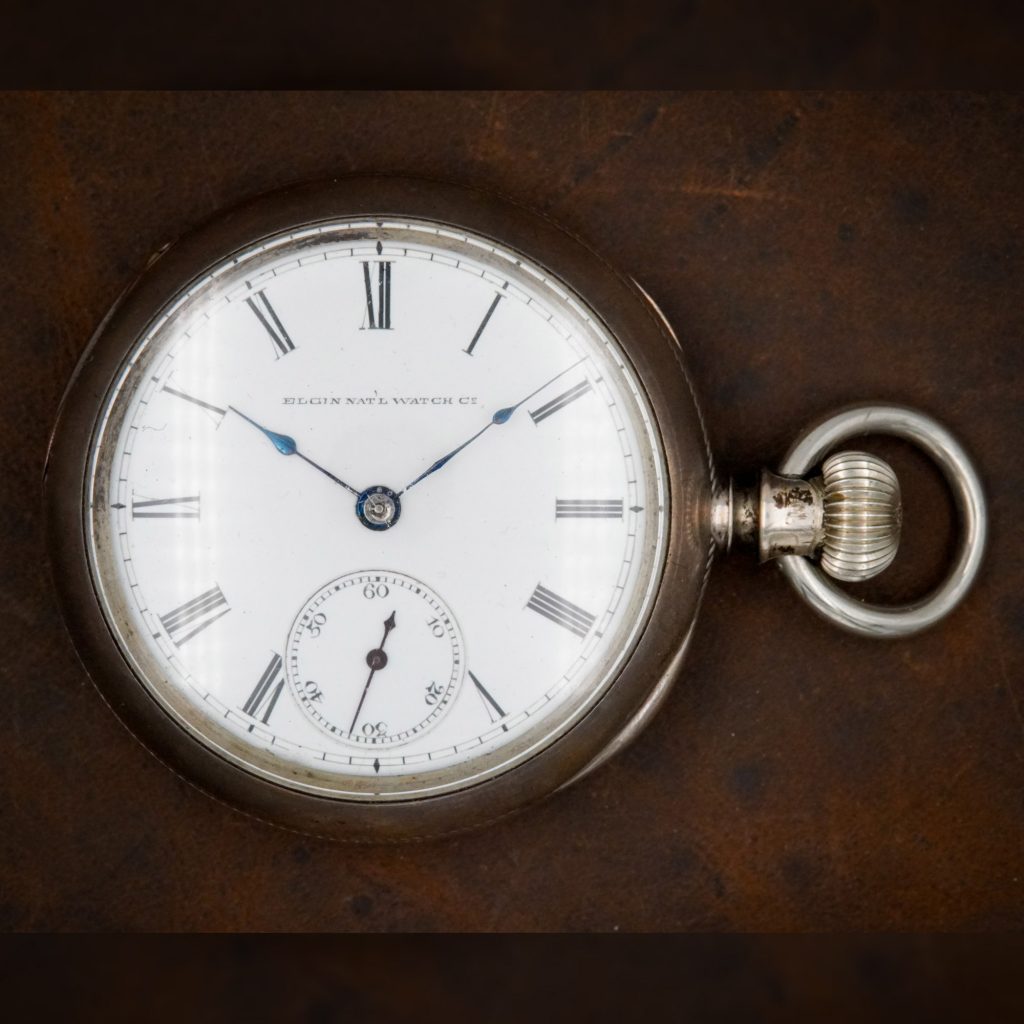Venetian Hard Enamel vs. English Soft Enamel Dials: Part 5 – Early Market Pricing of Soft Glass Enamel Dials
![1882 Elgin Material Catalog Showing Hard vs. Soft Enamel Dial Pricing [Catalog Scans Courtesy of Rick Hufnagel]](https://blog.pocketwatchdatabase.com/wp-content/uploads/2021/06/1882-Elgin-Catalog-Dial-Prices-Soft-Vs-Hard-Enamel-1024x1024.jpg)
Innovative and novel products commonly demand a premium when first introduced to the market. During the 1870s, techniques to manufacture soft glass enamel dials at scale were being developed and refined at the large watch factories. In 1878, the Elgin National Watch Company introduced their innovative “interchangeable” model, characterized by the unique ability to easily configure the movement for an open face or hunting case.
To distinguish this novel model even further, Elgin decided to fit the first class interchangeable grades No. 72 and No. 91 with double-sunk soft glass enamel dials instead of conventional hard enamel dials. Additionally, the second class interchangeable grades were fitted with sunk second dials with the option for soft glass enamel.
The Material Catalog published by Elgin in December 1882 shows the drastic contrast in pricing of the conventional hard enamel dials compared to the novel soft enamel dials. While the double-sunk hard enamel dials are offered at $36 per dozen, the soft glass enamel dials are listed at $75 per dozen. Accounting for inflation, this would equate to approximately $160 per dial in the modern economy.
The dial options for the second class grades also show a similar disparity, with the soft glass enamel dials priced at $42 per dozen, double the figure offered for the same dial using hard enamel. Soft enamel dials were also fitted on the 6-Size and 8-Size first class Grade No. 71 movements.
Comparing subsequent publications of the Elgin Material Catalogs reveals that the large price differential did not even out until around 1904. Even then, the soft glass enamel dials were still more expensive than similar hard enamel dials.



